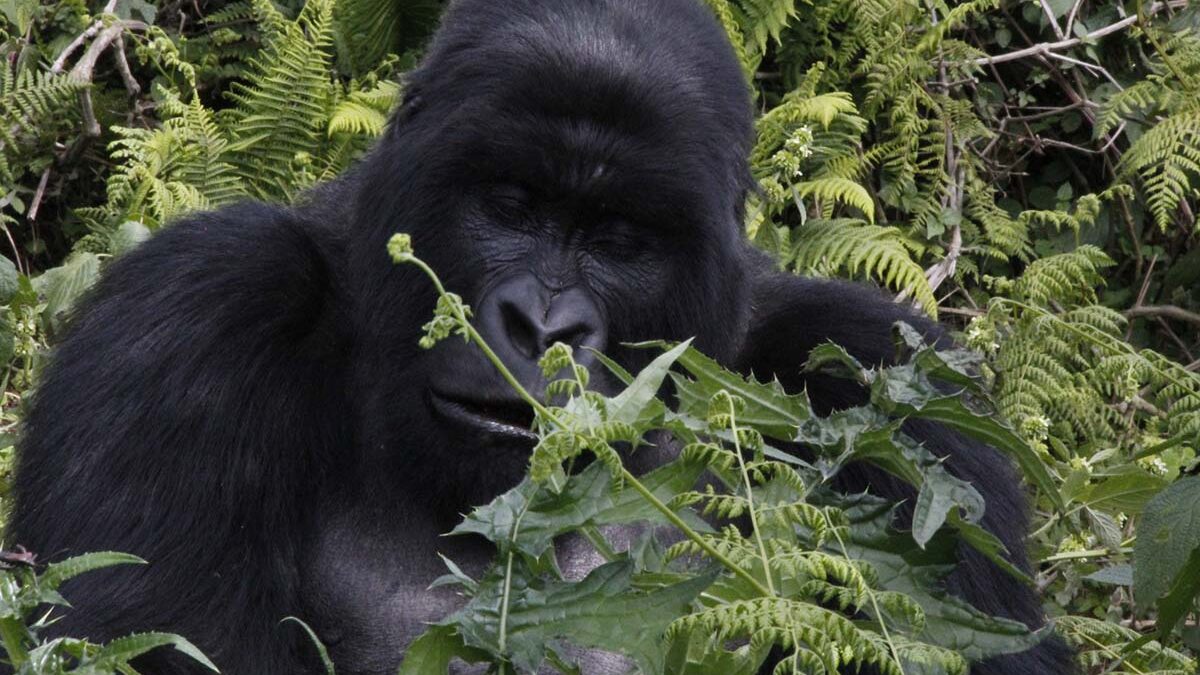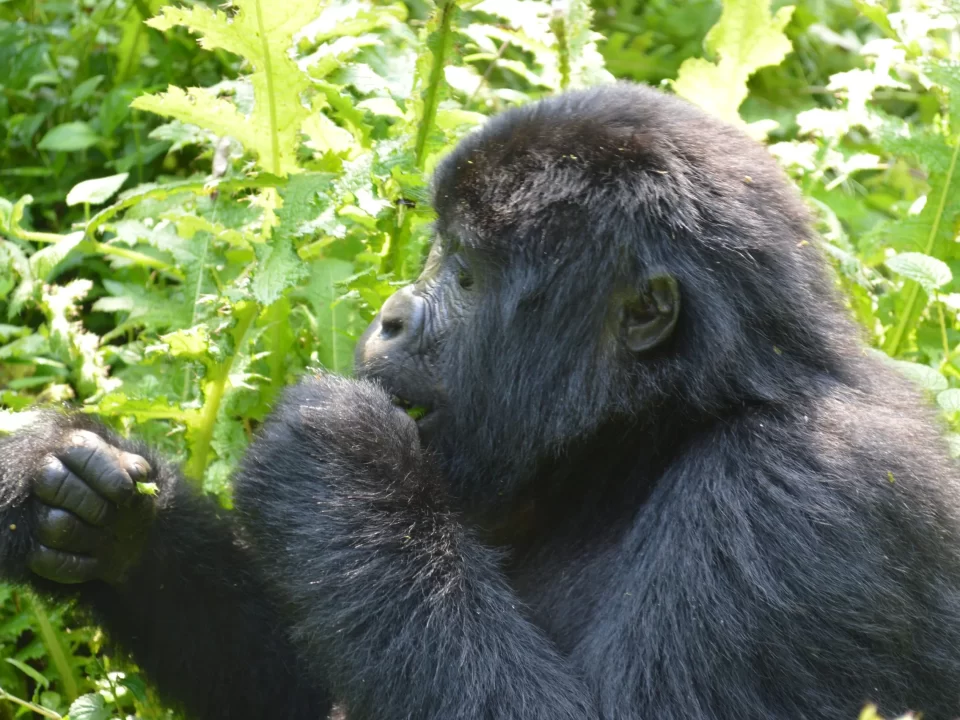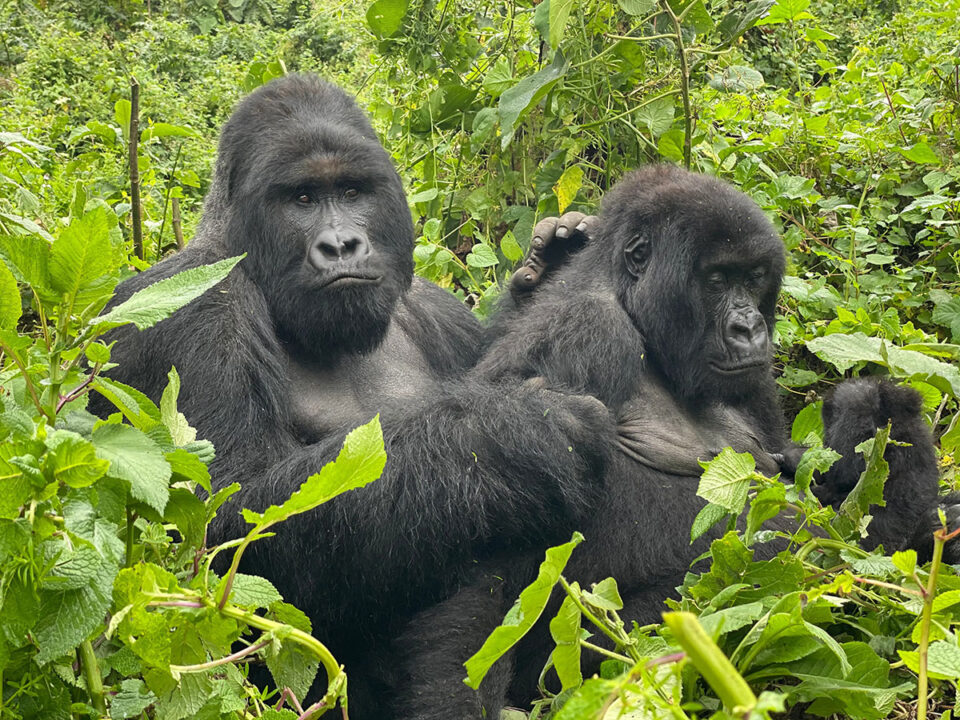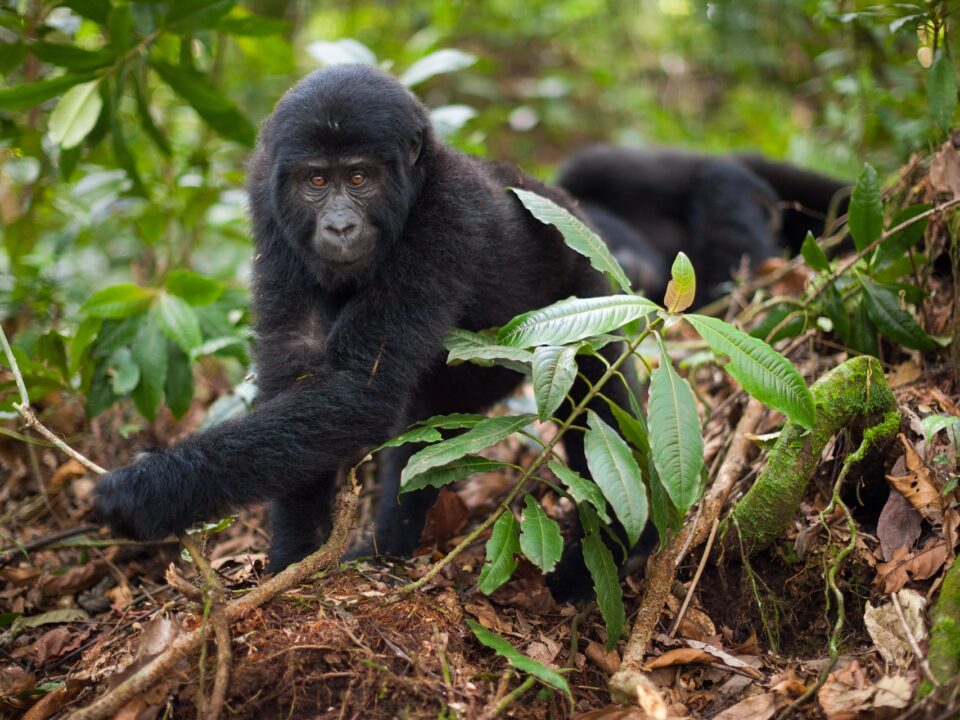Rwanda Rift Valley Gorilla Tracking Safaris

Rwanda Safari & Gorilla Permits Cancellation Policy
October 12, 2023
Rwanda Primates & Apes Tracking Safaris
October 12, 2023Embark on an Unforgettable Adventure with Rwanda Rift Valley Gorilla Tracking Safaris
Trek Africa Expeditions is delighted to extend a warm welcome to you in East Africa, the land of adventure and majestic mountain gorillas. While Rwanda may not be situated within the Rift Valley, the annual migration of birds and other wildlife continues to create pathways, allowing us to organize safaris that grant you the opportunity to witness the extraordinary, from chimpanzees and gorillas to various wildlife encounters.
Discovering the Wonders of the East African Rift Valley
The East African Rift System (EARS) stands as one of the geological marvels of our world. It’s a place where the Earth’s tectonic forces are actively engaged in the process of forming new plates by dividing existing ones. In simple terms, a rift can be visualized as a fracture in the Earth’s surface that gradually widens over time. Technically, it’s defined as an elongated basin bordered by steeply dipping normal faults.
While geologists are still exploring the exact mechanisms behind the formation of rifts, the East African Rift is a unique location where these processes are prominently displayed. This geological phenomenon extends across East Africa, encompassing Ethiopia, Kenya, Uganda, and Tanzania. The Nubian Plate constitutes most of Africa, while the smaller plate that is pulling away has been named the Somalian Plate. These two plates are both moving away from each other and from the Arabian Plate to the north.
The intersection point of these three plates, situated in the Afar region of Ethiopia, is known as a triple-junction. Yet, the intriguing rifting activity isn’t confined solely to the Horn of Africa. It extends further south, encompassing Kenya, Tanzania, and the Great Lakes region of Africa. In this discussion, we aim to delve into the general geology of these rifts, shedding light on the geological processes involved in their formation.
Choosing the Ideal Time for Your Rwanda Expedition
Rwanda welcomes tourists throughout the year, offering remarkable experiences no matter when you choose to visit. However, some months are particularly favorable, primarily during the dry season. Although predicting weather patterns has become challenging due to the effects of global warming, generally, the best times to explore Rwanda are from June to August and from December to February.
It’s essential to note that European summer holidays, spanning from June to late September, lead to high demand for travel services, including gorilla permits and accommodations. This surge in demand can make securing these services a bit tricky, underscoring the importance of booking well in advance. To ensure a seamless and unforgettable adventure in Rwanda, don’t hesitate to contact Trek Africa Expeditions. We are here to assist you in reserving your spot for Rwanda Rift Valley Gorilla Tracking Safaris, where you can encounter the unique Albertine Rift endemics and embark on a journey you’ll treasure for a lifetime.




